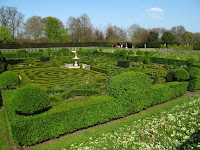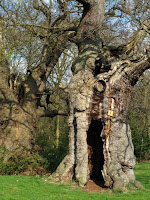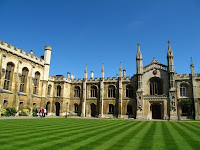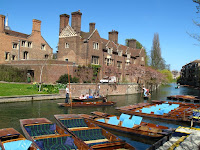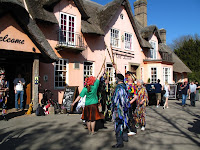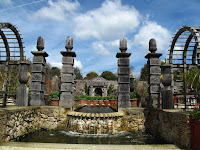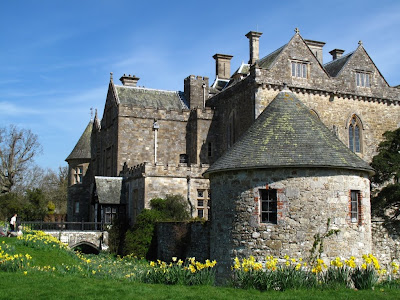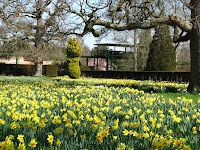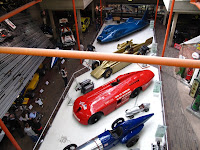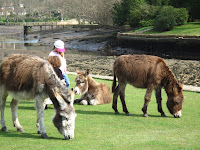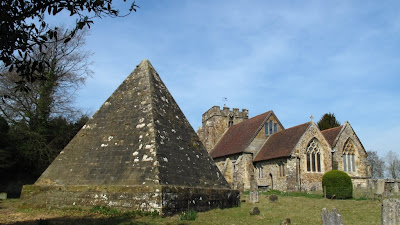
 Mad Jack may have been unfairly labelled, he was a wealthy Victorian, who inherited a fortune made in the iron industry. He is remembered for the six follies he commissioned but equally, it is suggested, he was providing work for local men who lost their jobs due to the decline in the Wealdon iron industry.
Mad Jack may have been unfairly labelled, he was a wealthy Victorian, who inherited a fortune made in the iron industry. He is remembered for the six follies he commissioned but equally, it is suggested, he was providing work for local men who lost their jobs due to the decline in the Wealdon iron industry.We found all six of his follies, with the aid of the Web. All but his pyramid shaped mausoleum in the churchyard at Brightling, are on private property,but two have a public right of way leading to them. These were the tower built to mimic the restoration he was carrying out at nearby Bodiam Castle, and a sugar cone shaped tower, built after he lost a wager.

Visiting Bodiam Castle was a must, after viewing Mad Jack's follies. This castle was built in the 14th century, and although built surrounded by a deep moat, it was not only a stronghold, but a comfortable home as well. Sadly, it was left as a ruin in the 17th century after the Civil War, but restored by Mad Jack in the 19th century.
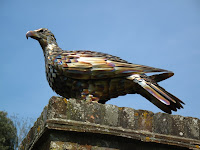 The other highlight of the day was tulips in two beautiful gardens. Pashley Manor Gardens were holding their annual tulip festival. The long winter meant they were only just coming out, and will still be lovely for several weeks. The crowds were certainly drawn to this beautiful country garden.
The other highlight of the day was tulips in two beautiful gardens. Pashley Manor Gardens were holding their annual tulip festival. The long winter meant they were only just coming out, and will still be lovely for several weeks. The crowds were certainly drawn to this beautiful country garden. The second garden was not far away at Great Dixter. Having enjoyed it last year at the end of summer, we found it equally lovely full of tulips and spring blossom. The house is undergoing restoration, so we were fortunate to see a different part of the house. The great hall from the 15th century was open as usual, but we were also able to see a Yeoman's Hall of the same age, which in the 20th century had been transported by horse drawn cart from a neighbouring town, and added as a wing to the original Hall.
The second garden was not far away at Great Dixter. Having enjoyed it last year at the end of summer, we found it equally lovely full of tulips and spring blossom. The house is undergoing restoration, so we were fortunate to see a different part of the house. The great hall from the 15th century was open as usual, but we were also able to see a Yeoman's Hall of the same age, which in the 20th century had been transported by horse drawn cart from a neighbouring town, and added as a wing to the original Hall.

An AA driving tour we had started in Brightling, took us from here to the stunning town of Rye and back to Brightling via Battle. Rye is a town equal to any of the picturesque towns of Europe, and only a little over 90 minutes from London.


